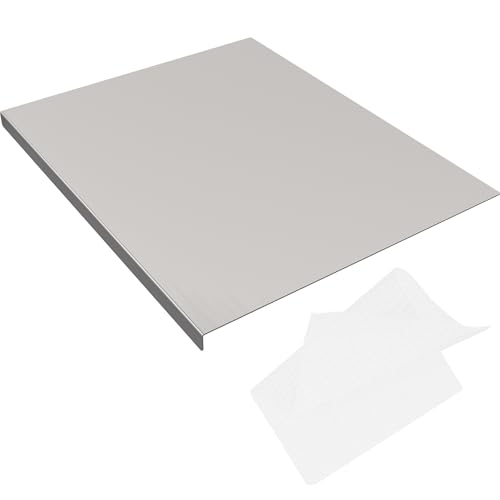Understanding Carbon Filters: What They Are and How They Work
The Basics of Carbon Filters
Carbon filters are designed to purify air or water by utilising activated carbon, a material with enormous surface area due to its numerous tiny pores. When air or water passes through the carbon filter, impurities and contaminants adhere to the carbon surface, effectively removing them from the medium. Picture a sponge soaking up spills; similarly, activated carbon traps unwanted particles, making the environment cleaner.
How Does Activated Carbon Work?
The process of adsorption is key to understanding how carbon filters operate. Unlike absorption, where a substance is soaked up, adsorption involves particles adhering to the surface of the carbon. This not only targets odours, volatile organic compounds, and chlorine in water but also enhances the taste and smell of drinking water. Therefore, using a carbon filter means you’re ensuring a fresher quality of air or water in your home.
Why Choose a Carbon Filter for Your Home: Benefits and Uses
Improved Air Quality
One of the primary benefits of installing a carbon filter is significant improvement in indoor air quality. Many households experience unpleasant odours from cooking, pets, or even furniture. Carbon filters effectively eliminate these unwanted smells, providing a fresher and cleaner living space. Imagine walking into your home and being greeted by a breath of fresh air instead of lingering scents.
Removing Contaminants from Water
In addition to air purification, carbon filters excel at enhancing the quality of drinking water. They are known for removing contaminants like chlorine and other volatile compounds that can affect taste and safety. Consider enjoying a glass of clean, refreshing water straight from your tap, free from the chemical taste that often accompanies municipal supplies.
Choosing the Right Carbon Filter: Types and Features to Consider
Different Types of Carbon Filters
When selecting a carbon filter for your home, it’s essential to understand the different types available. Granular activated carbon (GAC) filters are commonly used in water filters, while activated carbon blocks provide a more fine filtration option. For air purifiers, look for filters that specifically mention the removal of particles in different size ranges. This knowledge helps us choose a filter that best meets our specific needs.
Key Features to Look For
Not all carbon filters are created equal. We should pay attention to flow rate, which determines how quickly the filter can process air or water. Additionally, check for filter lifespan and ease of replacement; some filters require more frequent changing than others. Investing in a filter with enhanced capacity can be more economical in the long run, so we should consider this aspect carefully.
Installation Made Easy: How to Set Up Your Carbon Filter
Understanding the Installation Process
Setting up a carbon filter can be straightforward. Most systems come with comprehensive instructions, making it easy for us to follow along. For water filtration systems, we may need basic tools to connect the filter to our existing plumbing, while air purifiers often just require placing the device in a suitable spot and plugging it in. Evaluating the space and ensuring there’s adequate airflow for air filters will optimise their function.
Tips for Successful Installation
Before we begin the installation, it’s beneficial to read through the user manual provided. This will help us understand the specific requirements and any tools required. Ensuring the area is clean and free from obstructions enhances the filter’s performance. We should double-check all connections to prevent leaks when it comes to water filters, which can also save us from costly repairs later.
Maintenance Tips for Longevity: Keeping Your Carbon Filter Effective
Routine Maintenance Requirements
Maintaining the effectiveness of our carbon filter requires minimal effort. Regularly checking for signs of wear and tear and adhering to the replacement schedule ensures optimal performance. For air filters, we should consider inspecting and replacing them every three to six months, depending on usage, whereas water filters might require a longer replacement interval.
Cleaning and Care
While carbon filters generally don’t require extensive cleaning, we can wipe down external surfaces to prevent dust accumulation. It’s beneficial to keep the area around the filter clear to allow for proper airflow. By treating our carbon filter with care, we can extend its lifespan and maintain its efficiency in keeping our home environment healthy.
























